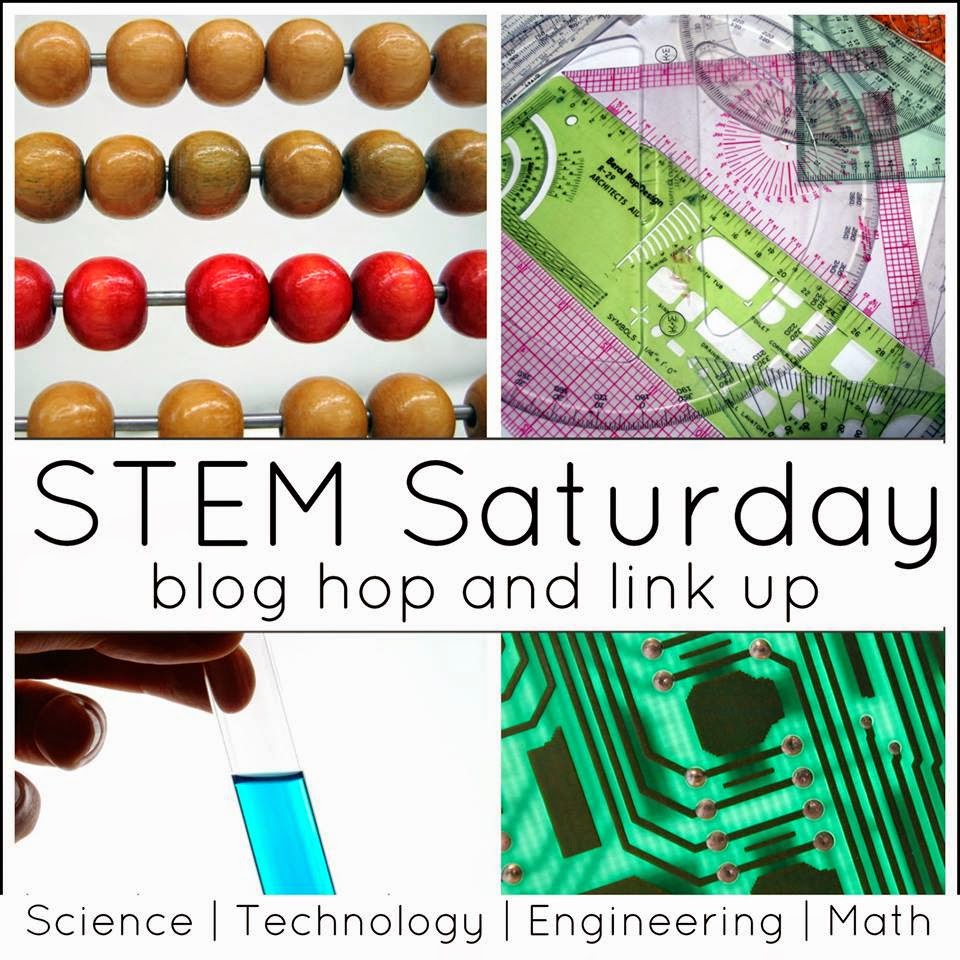- These are materials that will last our kids for several years, at least until they are 12 or so. I hate the idea of buying new books and a new curriculum every year, with new kits and manipulatives to go along with it. The materials I chose are adaptable to kids of all ages and are high quality so they will last for several years, through several kids.
- They have to be interesting! I can't tell you how many times I hated a subject in school just because the textbook was so. dang. boring. The books have colorful pictures and simple, short text that make them appealing to children and the movies are captivating.
- A feature that sold me on the books we purchased is that they are internet-linked, meaning you can go online to a designated website to learn more about the subject you are reading about. For me, that is a HUGE value! In the Science Encyclopedia, for example, each and every page has links where you can go to play games, watch videos, or print activities that go along with what you read. UH-mazing!
- Science Encyclopedia from Usborne. Seriously guys, this is the only science text you are going to need until your kids are in high school. As mentioned above, it contains internet links that expand on the knowledge that is already contained in this 450-page text. It is really geared toward children 9-years-old and up, but my young kids love to flip through it and look at the pictures. They ask questions and we read short paragraphs together. I can't say enough about how much we love this text.
- 100 Science Experiments, again from Usborne. This book contains hands-on science activities that my kids love, and that inspire a lot of the activities on this blog! Many of them can be done with young children, some of them are geared more for older kids. As the kids get older I plan to have them do a lot more of the planning and preparation for these experiments as well as further research into the how and why behind what they see.
- The Story of Science by Joy Hakim. This is a three-part history series that is centered around scientists and their achievements and contributions to society. It starts out in ancient times with people like Pythagoras and Archimedes and progresses all the way through Einstein. We use this as our foundational text for history and geography, diving deeper into subjects as my children are interested.
- Planet Earth from the BBC. This is a 5-disc DVD set that is as amazing to adults as it is to kids. It literally takes you all over the world to observe animals in their own habitats. Watch elephants migrate and fight off a lion attack, watch polar bears emerge from their den, watch exotic birds in the rainforest do their mating dances. These are events that are virtually impossible to see without these videos!
So what do you think about my choices? What do you use to teach your kids science?
*This post contains affiliate links. Please see our disclosure policy.
STEM Saturday
And now on to our STEM Saturday link up! Check out our wonderful co-hosts and link up your own math and science activities:Gummies Math from Frogs and Snails and Puppy Dog Tail
Easter Oobleck Science | Non Newtonian Fluid from Little Bins for Little Hands
We want to see your best STEM Activities! That means show us your best Science, Technology, Engineering, and Math posts! By linking up, you are agreeing to be featured in future blog posts and allow us to use one image from your posts. Feel free to link up to 3 activities each week, and show others some love.


























